We fight mealybugs on indoor plants
A considerable number of harmful insects parasitize indoor plants, one of them is a mealybug. Despite its small size (3–6 mm), the pest can cause significant damage to flowers, and in a neglected case even lead to a complete cessation of growth and further death. As soon as the mealybug is identified, it is necessary to begin a fight with it.
The appearance of the parasite and the harm done
The pest belongs to the equally winged insects from the coccid suborder. The mealybug parasitizes cacti, orchids, citrus fruits, Benjamin's ficus, dracaena, violets, money tree and other flower crops. Among the people, these small, but visible pests are called hairy lice because of the cotton-like white discharge that envelops their body.
In nature, mealybugs are represented in the number of 1600 species. Among them, the most common:
- grape;
- lamellar;
- grooved;
- seaside;
- bristly;
- comstock.
Damage to plants is caused by larvae and female worms. They attack leaves, tops of shoots and buds, make punctures and suck the juice from the flower. Some species of hairy lice are root parasites. As a result, the infected plant stops its growth and begins to wither. Mealybugs move quite quickly and in a short time are able to settle in neighboring flower pots.
There are gender differences between males and females. Individuals of the male sex have developed wings and limbs, a forked tail section, but they have no oral apparatus - in adulthood, males do without food. In some species, females lay eggs, while other worms are viviparous.
Pests reproduce from 2 to 4 generations per year. Their presence on the plant can be noticed by the appearance of sticky secretions (honeydew). A sooty mushroom soon settles on these spots, which further worsens the condition of the flower. The insects themselves like to hide on the back of the leaf along the central vein. Here you can also find white balls, similar to cotton balls, in which the eggs of the parasite are located.
Mealybug - causes of appearance on flowers
Home flower collections are most often affected by bristly, seaside or grapebugs. To prevent the appearance of a pest, you need to know in what ways it gets into the apartment.
If before that there was never a mealybug in the house and suddenly it appeared, most likely it was brought along with an infected plant or untreated soil. Some summer residents are in the habit of using soil from their garden for planting home flowers. When the soil is not steamed in the oven, the chances are high that the larvae of pests or the parasites themselves, including mealybugs, remain in it.
If the primer is purchased from a store, you don't have to worry. Such land in production goes through all the necessary processing.
Even if the garden soil was not disinfected and the eggs of the pest remained in it, special conditions are necessary for the hairy lice to breed. Concomitant causes of mealybugs:
- waterlogging of the soil due to excessive watering;
- high room temperature;
- poor sanitary condition of plants.
First, a white lumpy bloom appears on the leaves, and then the pest itself, which looks like a small fluffy worm.
Pest control
You can fight a pest on indoor plants in different ways. In this case, it is important not to delay. At the initial stage of infection, you can do with wiping the leaves with soapy water (20 g of soap shavings per 1 liter of water). This can be done conveniently with a cotton pad or small sponge. The soapy film will make it more difficult for the pest to pierce the leaves.
Immediately after this, the plant is sprayed with tobacco infusion. It is prepared from 40 g of crushed raw materials and 1 liter of water. The infusion should be prepared within 2 days, before use it is filtered. Spraying serves to scare off pests, since the composition is quite caustic.
Some people use alcoholic tincture of calendula diluted with water at the rate of 1 tsp as a natural insecticide. in a glass of water.
What remedy for mealybug to choose?
If the moment is missed and the pests have managed to multiply, it is necessary to treat the infected plants with an insecticide as soon as possible.
The following drugs will help get rid of the mealybug:
- Fitoverm;
- "Confidor";
- "Commander";
- Inta-Vir;
- "Aktara";
- Tanrek;
- Apollo;
- "Zaman";
- "Cuts".
Even if it seems that the pests have completely disappeared, after a week it is necessary to repeat the treatment using a mealybug remedy from another group. You can use "Alatar" or "Decis".
The processing of different plants has its own characteristics. For example, flowering plants are more vulnerable to a pest. The parasite readily settles on violets and orchids. You can also wipe the leaves on not all colors. The leaves of the same Saintpaulias are covered with fluff, so it will be problematic to clean them of hairy lice with a cotton pad.
Orchid treatment
An orchid infected with a mealybug looks drooping, its leaves lose their turgor and become covered with a white bloom interspersed with sticky spots. In order not to be too late, the flower must be started to heal at this stage, having previously isolated it from other indoor plants.
The dense glossy leaves of orchids tolerate surface treatment well. To begin with, they are wiped on both sides with a solution of green soap (4 g per glass of water). In addition to the leaves, it is necessary to process all hard-to-reach parts of the trunk, lubricating them with soapy water with a paint brush.
Orchid pests can remain on the roots or in loose soil, so the plant is then sprayed with an insecticide. Processing must be carried out 3 times with a break a week. The preparations "Inta-Vir", "Fitoverm" help to cure the orchid. Repeated processing is necessary to completely destroy the larvae emerging from the eggs laid.
Treatment of violets
Infestation of violets with hairy lice is a special case. Pests spend most of their time underground, where they breed their offspring. Since wiping the leaves is not suitable for these flowers, it is necessary to immediately spray with a systemic preparation, for example, Aktellikom.
To save a flower, you will need 2-3 treatments with a break of 7-10 days. Unlike insecticides of intestinal action, systemic drugs penetrate into plant tissues, and from there, along with the juice, they enter the body of parasites and cause their death.
The required concentration of Aktellika solution is 1 ampoule per liter of water.
It is recommended to carry out the processing by taking the flower out to the balcony or outside. If, after the manipulations, the pests reappear, you will have to repeat the insecticide treatment, having first released the roots. You will need to spray the entire root system and the lower part of the trunk. After that, the flower is planted in a new land.
Cactus treatment
On the cactus, the mealybug also settles at the roots, preferring to feed on the juice from the young tops of the succulent. Symptoms of the appearance of a pest in this case will be:
- drying of growth points;
- deformation of the upper part of the plant;
- reddish or brown marks at puncture sites.
The fight against mealybugs on succulents is carried out using insecticides:
- "Commander",
- "Tanrek",
- "Decis",
- Apollo.
Spraying is carried out twice with an interval of 10-15 days. The soil in the pot must also be spilled with a solution of the drug.
It would be even better to remove the infected cactus from the substrate, rinse the roots with hot water, soak in an insecticide solution for 1-2 hours, air dry and plant again in fresh soil.
Opponents of chemistry advise using an infusion of garlic to process the roots, but it is better not to do this: the root system of cacti is highly sensitive.
Dracaena treatment
When infected, sticky spots, powdery bloom appear on the dracaena, the leaves become lethargic, and the stem is bent.
Most often, the pest settles on a flower at temperatures above 25 ° C and high humidity.
Not only the plant needs to be processed, but also the soil in the pot.
Dracaena is sprayed 3-4 times with drug solutions:
- "Confidor",
- Fitoverm,
- "Aktara".
The latter insecticide is also used for soil spillage. With a large accumulation of insects, they are first removed from the leaves with a cotton swab or a sponge soaked in soapy water. You can just arrange a warm shower for Dracaena.
Preventive measures
To prevent sucking pests from annoying indoor flowers, it is necessary to maintain conditions favorable for keeping plants.
- The air should not be excessively dry and warm. The room should be regularly ventilated. During the heating season, you can put a humidifier in the room, it will help maintain the microclimate necessary for flowers.
- Watering should be moderate. Even moisture-loving plants do not like it when the soil turns into a swamp. Cacti, dracaena and violets generally need light drying of the soil between waterings.
- Old wilted leaves and buds must be removed in a timely manner. An experienced florist always regularly examines the flower collection in order to notice any symptoms of trouble in time.
- You should be careful with the plants brought into the house. When purchased, they are checked for pests or indirect signs of the presence of insects. The newly purchased plant is quarantined for 1-2 weeks to identify hidden problems.
If you adhere to these rules, green pets will always stay healthy.
Getting rid of mealybugs is more difficult than getting rid of some other harmful insects, but it is quite possible to do it. Modern drugs do not leave pests a chance of survival, while the harm to humans from the use of such funds is minimized. However, it is better to create a comfortable living environment for domestic plants, and then they will not need treatment.

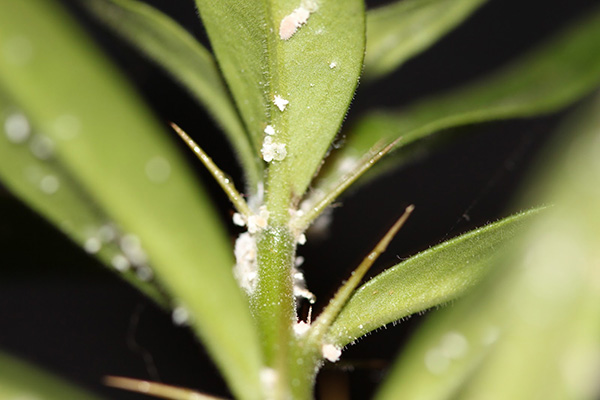
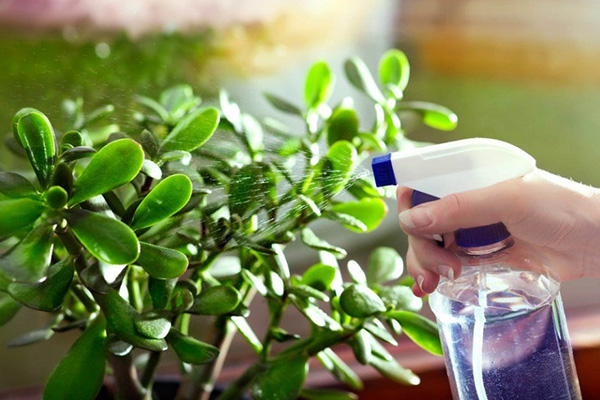
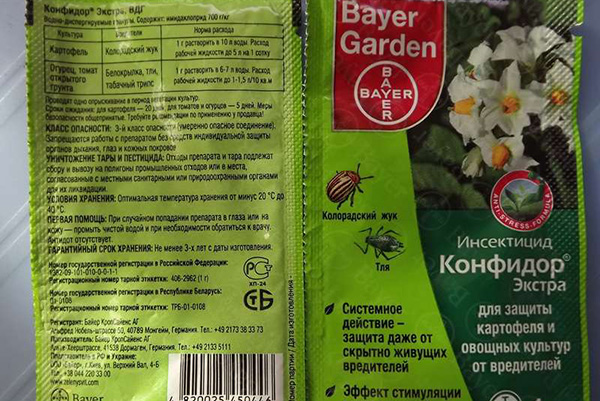
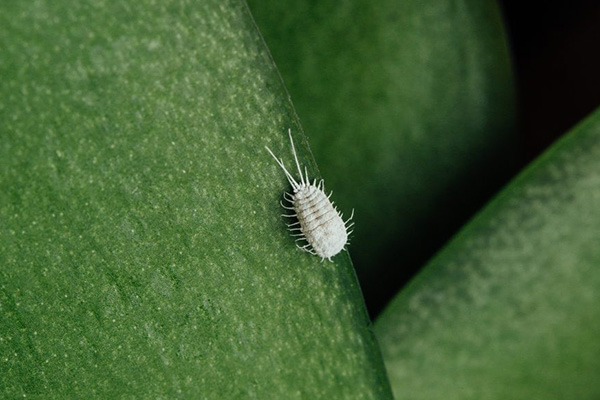
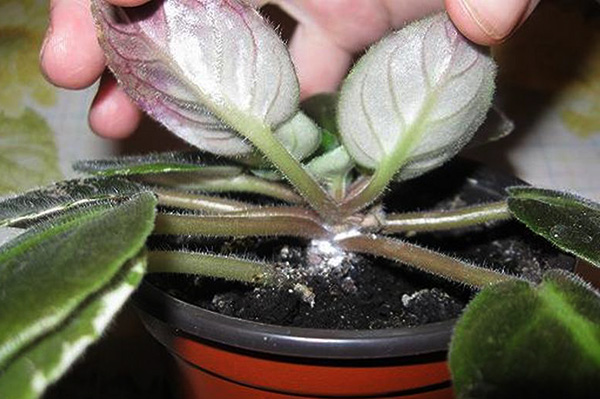
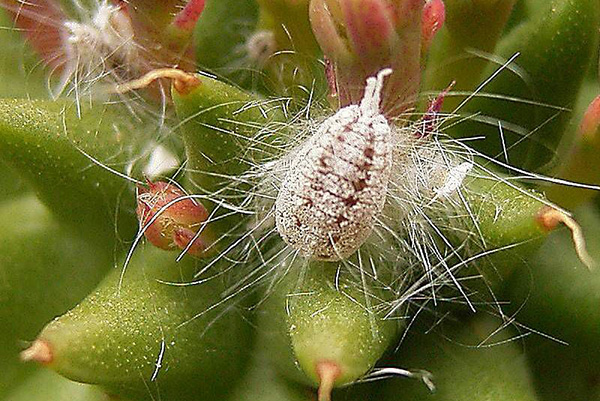
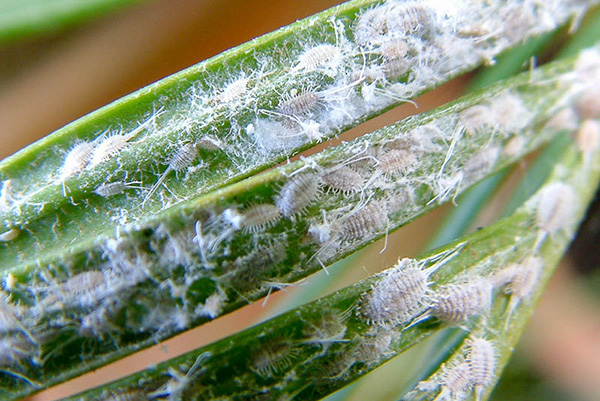
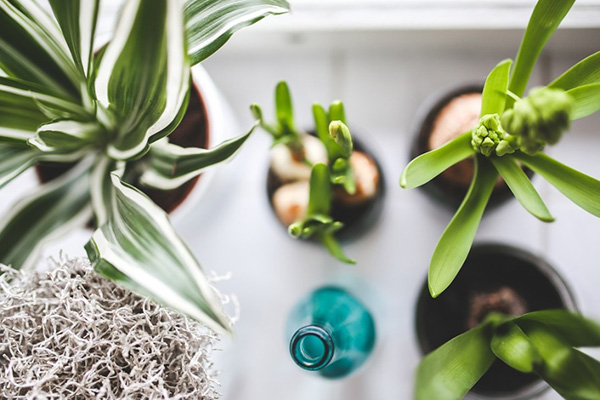
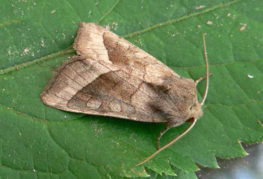
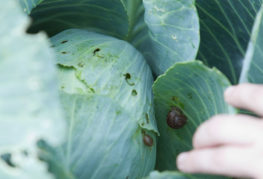
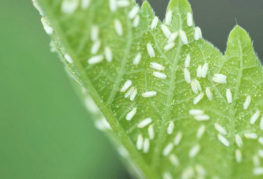

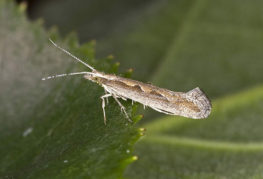
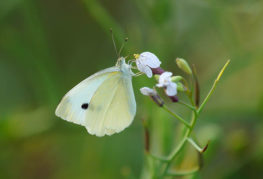
and will be published shortly.